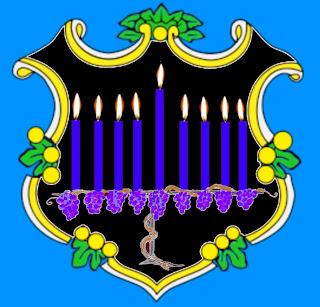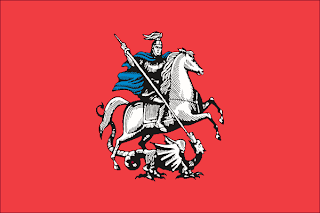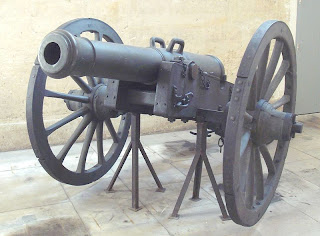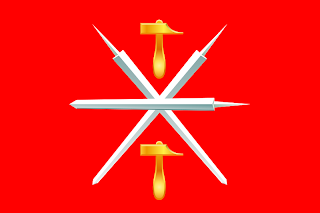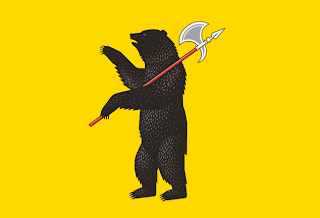Flag of the North American
Vexillological Association's Meeting #43
Vexillological Association's Meeting #43

The theory of entanglement states that all atoms/waves of energy are perpetually connected to each other by some sort of cosmic glue/net. Two 'objects' that are entangled will always have an effect on the other no matter the distance of separation. If you poke one 'object' the other will be instantly effected - and this happens instantly 'beyond' the speed of light?
Kind of strange but two flags that seem to be entangled are the official flag of NAVA 43 and the flag featured in Walt Disney's movie Tangled, 2010. Both flags use the colours violet and yellow. Both feature a golden sun in the center. Although the sun of NAVA 43 is eclipsed by a crescent moon. The crescent moon is an old symbol for South Carolina.
Both the suns of Disney's Tangled and NAVA 43's flag have wavy sun rays - NAVA has eight wavy rays while Tangled has seven wavy rays. Inbetween the long wavy rays are others rays. Tangled has seven short wavy rays while NAVA 43's flag has eight long triangular waves.

NAVA's 43rd meeting took place in a castle of sorts. It was held at the original Citadel of Charleston South Carolina. Currently run by Embassy Suites. This is a true American Castle that even has the battle scars to prove it. A wee bit of fighting actually occurred there during the US Civil War. Now, it is a top notch hotel with some of the best Southern Cooking I have ever had.
Princess Repunzel's flag in the background

NAVA's #43 flag in a Disney movie!? How strange? Not! However NAVA's #43 flag did come out officially a year before Disney's Tangled. But perhaps both flags were created at the same time in 2009 because of movie post production?
Flag of the lost princess - Repunzel
according to Disney in movie Tangled
according to Disney in movie Tangled

Coincidentally when women in the United States fought for their rights to vote, the two most popular colours of this movement were purple and yellow.
Amazingly no national flag has ever come to use the combination of purple and yellow-gold. Many times over patterns and colours are recycled over and over. But never has purple and gold become the dominant colour of any nation. It seems appropriate that the Women's Vote Movement chose such a combination of Colours.
Another banner in Purple and Gold. Made in honor of Elizabeth Cady Stanton, who was instrumental in extending voting rights to women in the United States 1917 bp

Digitized Version of a 1913 bp
Flag for Women's Voting Rights
Flag for Women's Voting Rights

LINKS
Wikipedia's Repunzel
Disney's Tangled (Go see it in 3D - good movie!)
Wikipdia's Elizabeth Cady Stanton
NAVA 43's Flag (you have to scroll down)
Good Theory of Entanglement physics video
*bp = ball park figure estimation
PSST - Merry X-mas!
LINK ABOUT NAVA 44





